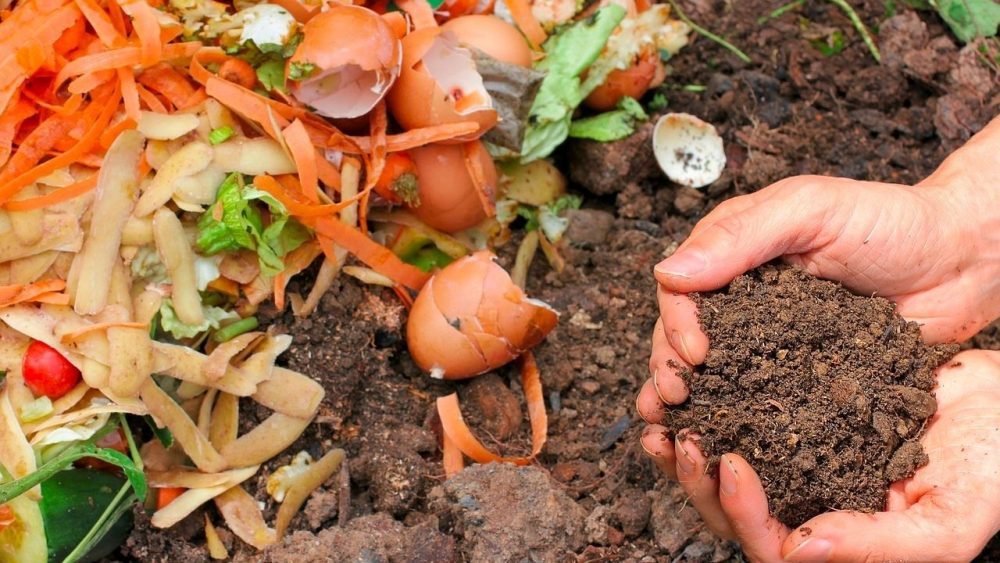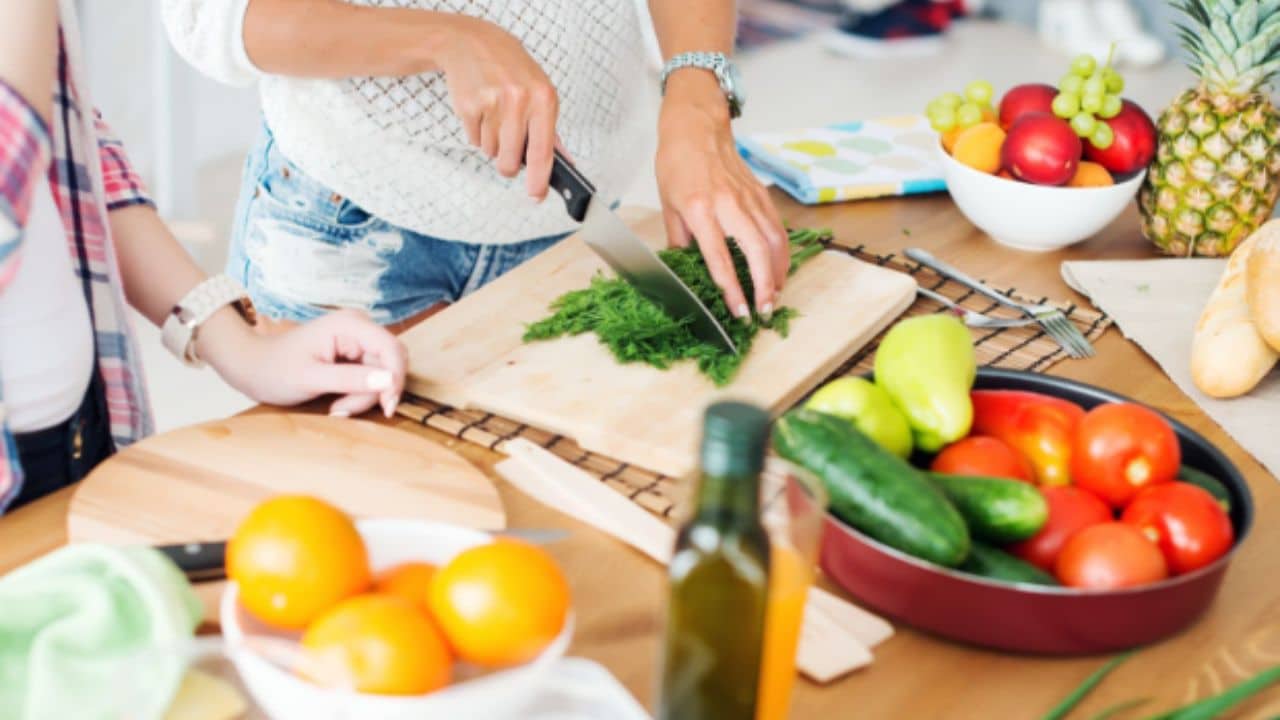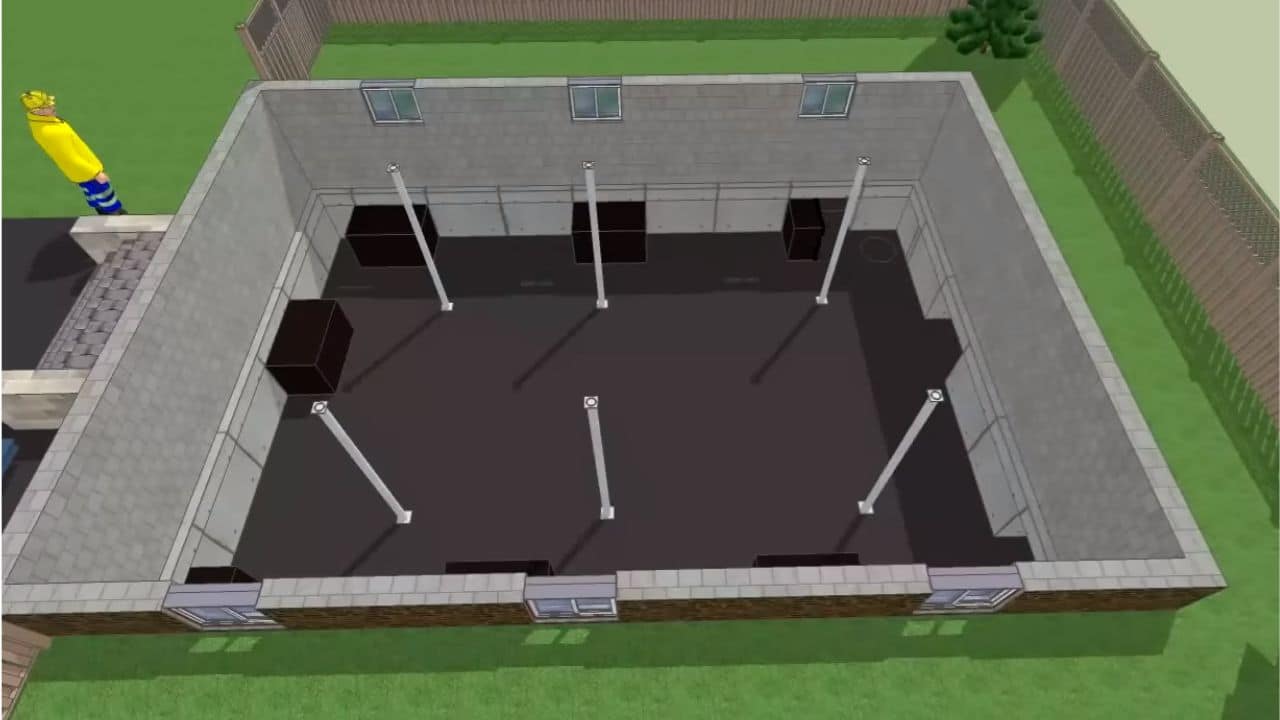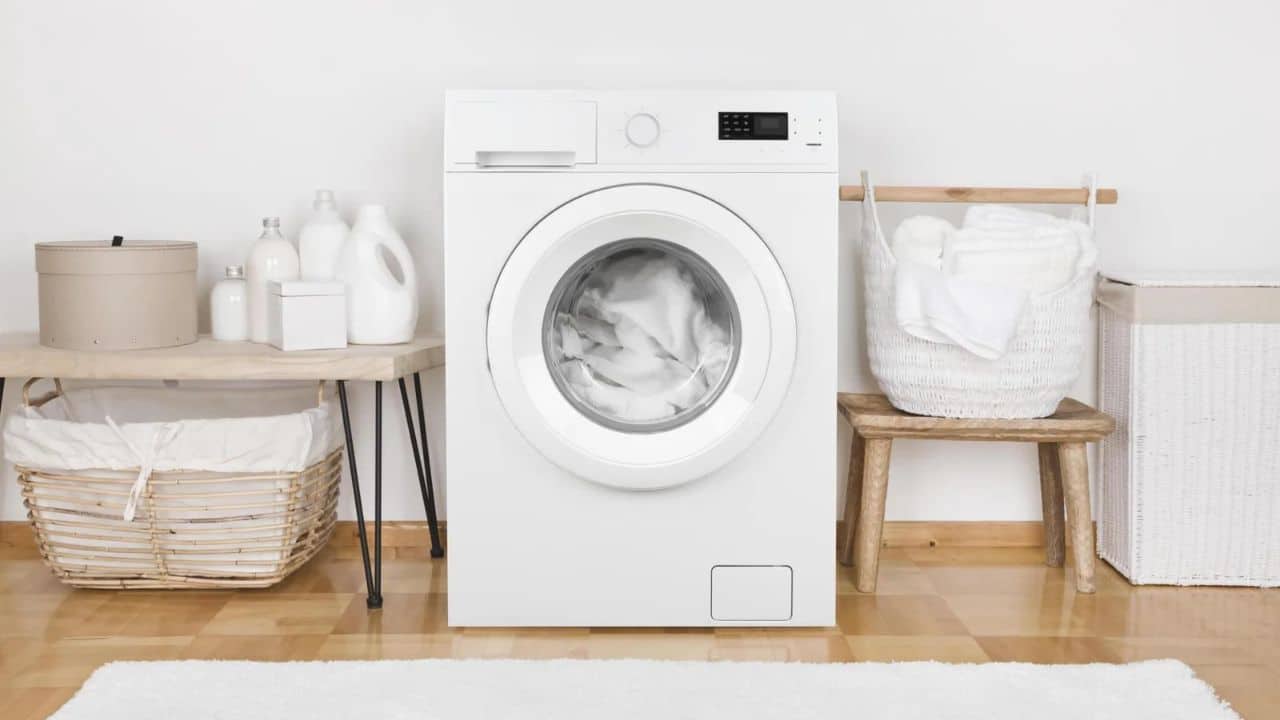Homemade gardening is as famous as could be expected, and the strategies we use assume a basic part in our wellbeing and the soundness of the planet.
There is a wide range of all-regular fertilizers that you can use in your garden or with fertilized soil. A portion of these fertilizers can be made or gathered at home utilizing normal things from your storage space or your patio. Here are the 10 Best Homemade Fertilizers for a Vegetable Garden.
10 Best Homemade Fertilizers For Vegetable Gardening
Molasses
Involving molasses in compost tea probably builds microorganisms and the advantageous microscopic organisms that microorganisms feed on. To begin with, a straightforward formula for molasses manure, blend 1-3 tablespoons of molasses into a gallon of water. Water your plants with this invention and watch them become greater and better.
Weeds
Very much like grass clippings, a significant number of the weeds that you’ll find in your gardens are extremely high in nitrogen and will make fantastic compost. The issue is, whenever you’ve pulled the weeds, you surely won’t have any desire to return them to the garden because any seeds will grow and make new weeds. Make weed tea. To do this, fill a five-gallon pail something like 1/4 full with weeds that you’ve pulled. Then, at that point, fill the can the remainder of the way with water, and let the weeds drench for up to 14 days. When the water turns overall quite brown, pour this weed tea on your gardens.
Banana Peels
We eat bananas for their potassium, and roses love potassium as well. Cover strips in an opening close by the flowering shrub so they can compost normally. As the rose develops, cover the strips into the dirt’s top layer. Both of these methodologies will give truly necessary potassium to the plant’s appropriate development.
Coffee beans
Plants, for example, tomatoes, blueberries, roses, might get a boost out of coffee beans blended into the dirt. However, more probable it’s the nitrogen that makes a difference. Sprinkled on top of the ground before watering or pouring a fluid variant on top of the dirt.
On the off chance that involving it as a dirt douse, splash 6 cups of espresso beans in a 5-gallon pail of water. Allow it to sit for 2-3 days and afterward soak the dirt around your plants.
Human Urine
Sounds sickening, yet pee is considered sterile if the body it’s approaching from is solid and free of infections and contamination. High in nitrogen, urea contains more phosphorus and potassium than large numbers of the fertilizers we purchase at the store! Assuming serving tomatoes that have been treated with pee gives you the “creeps’ ‘, attempt it in the compost heap.
Tree Leaves
As opposed to picking up the fall leaves and placing them out on your control, gather them for your gardens all things being equal. Leaves are rich with minor elements, they draw in worms, they hold dampness, and they’ll assist with making weighty soils lighter. You can involve leaves in two ways: Either work them into your dirt or use them as a mulch to both prepare your plants and hold weeds down. You can get help from Fullerton professional tree care service.
Compost
Compost comes from an assortment of sources – cows, ponies, chickens, and surprisingly bats. Each kind of fertilizer is high in nitrogen and different supplements, yet you’ll have to utilize it cautiously. Crude excrement is exceptionally acidic and may have a bigger number of supplements than your plants need, so excess can consume your plants. It’s best to utilize composted excrement. Since it is less supplement thick and acidic, you can utilize a greater amount of it to further develop your dirt’s water maintenance without taking a chance with your plants. You will not need to stand by long-excrement rapidly goes to an ideal scent-free soil revision.
Egg Shells
Wash them first, then, at that point, squash. Work the shell pieces into the dirt close to tomatoes and peppers. The calcium fights off bloom end decay. Eggshells are 93% calcium carbonate, a similar fixing as lime, a time-tested soil alteration.
Grass Clippings
Wealthy in nitrogen, grass separates after some time and improves the dirt. Fill a 5-gallon pail brimming with grass clippings. You can even add weeds! Weeds absorb supplements from the dirt similarly as much as grass. Add water to the highest point of the container and let sit for a little while. Weaken your grass tea by blending 1 cup of fluid grass into 10 cups of water. Apply to the foundation of plants involving similar sums as recorded above in the pee formula.
Kelp
Kelp contains minor components and fills in as a food hotspot for soil microorganisms. Cleave up a little pail of ocean growth and add it to 5 gallons of water. Allow it to sit for 2-3 weeks inexactly covered. Use it to soak the dirt and foliage. 2 cups function admirably for a little plant, 4 cups for a medium plant, and 6 cups for a huge plant. Try different things with sums. Consolidate ocean growth with other tea fertilizers.
Benefits of Homemade Fertilizers
- Homogeneous healthy benefits:- The blending during composting guarantees the right dissemination of supplements. By composting the supplements stay in one piece and there is little loss of nitrogen. On account of the steady mineral substance, it is not difficult to work out the necessary dose.
- Slow-discharge:- The supplements in homemade fertilizers are delivered gradually, making them accessible for the harvest during development. This guarantees an enduring impact and high adequacy.
- High moisture-containing capacity:- Composting furnishes homemade manure with high moisture-containing capacity. A poor soil loses moisture rapidly because it washes away or dissipates.
- Appropriate anyplace and whenever:- The homemade fertilizers can be utilized in the dirt and can be applied over time.
- No leaf or root consuming:- Composting guarantees the ammonium to be changed over into a more steady form of nitrogen. This nitrogen is delivered gradually, dispensing with the danger of leaf or root consumption.
Pros and Cons
Pros
Homemade Fertilizer adds regular supplements to the soil, expands soil homemade matter, further develops soil design and tilth, further develops water holding limit, diminishes soil crusting issues, decreases disintegration from wind and water, Slow and consistent arrival of supplements.
Cons
Homemade Fertilizers have a slow delivery capacity; appropriation of supplements in homemade fertilizers isn’t equivalent.
Conclusion
Homemade fertilizer is the best for vegetables because it doesn’t have any chemical or harmful substance that can affect the veggies. I will also recommend you do organic farming. I hope that this article will help you.













































